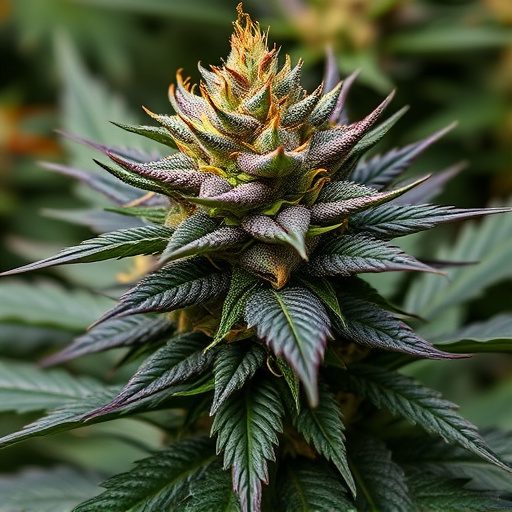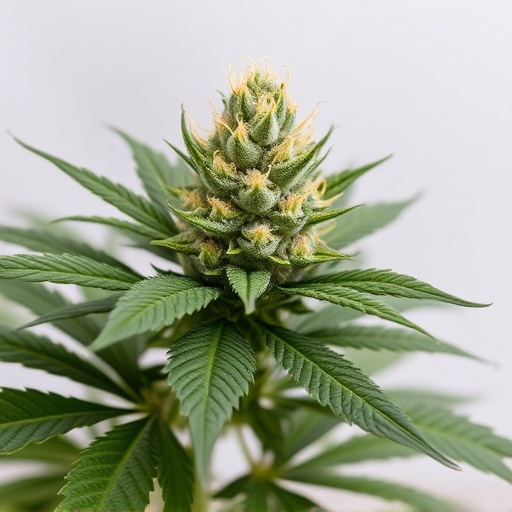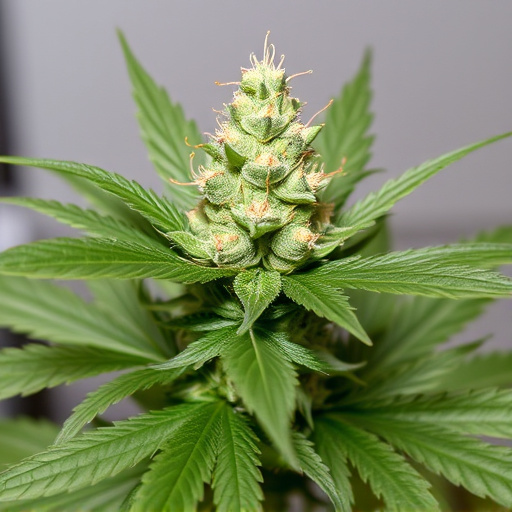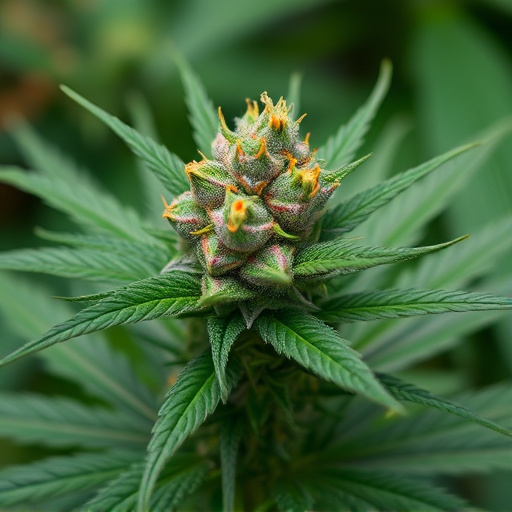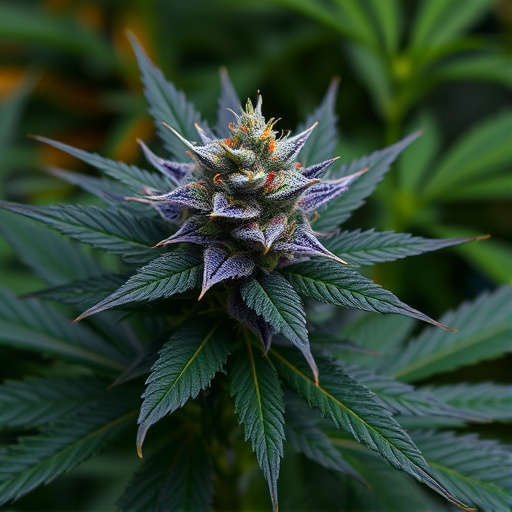Low odor cannabis strains contain cannabinoids like THC that bind to brain and body receptors, disrupting normal appetite suppression and increasing food intake, a phenomenon known as "the munchies." Research shows these compounds interact with the endocannabinoid system (ECS), enhancing natural endocannabinoids' effects. Our senses, particularly smell, greatly influence appetite, and cannabis might affect this process through olfactory interactions. Low odor strains offer therapeutic benefits while discreetly managing "munchies" without potent scents. Their unique flavor profiles cater to diverse palates, providing effective relief with controlled surroundings.
“Ever wondered why certain scents trigger cravings? This phenomenon, often dubbed ‘munchies,’ is a fascinating interplay of science and our senses. In this article, we delve into the intricate world of appetite stimulation, exploring the role of cannabinoids in triggering hunger. We uncover how odors can subtly shape food choices and discuss the potential benefits of low odor cannabis strains in managing these cravings. By understanding these mechanisms, you’ll gain insights into conquering the munchies.”
- The Role of Cannabinoids in Appetite Stimulation
- How Odors Influence Hunger and Food Choices
- Exploring Low Odor Cannabis Strains for Manageable Munchies
The Role of Cannabinoids in Appetite Stimulation

Cannabinoids, particularly tetrahydrocannabinol (THC) found in low odor cannabis strains, play a pivotal role in appetite stimulation. When consumed, THC binds to specific receptors in the brain and throughout the body, triggering a cascade of chemical reactions that enhance hunger signals. This interaction disrupts the normal suppression of appetite, leading to increased food intake—a phenomenon commonly known as “the munchies.” Understanding this biological mechanism is key to exploring how cannabis influences eating behaviors.
Research suggests that cannabinoids interact with the endocannabinoid system (ECS), which regulates various physiological processes, including hunger and satiety. By modulating the activity of ECS receptors, THC can potentiate the effects of natural endocannabinoids, such as anandamide, further amplifying appetite-related signals. This intricate dance between cannabinoids and the body’s natural systems is what contributes to the well-documented effect of cannabis on increasing appetites, particularly in individuals who use low odor cannabis strains for medicinal purposes.
How Odors Influence Hunger and Food Choices

Our senses play a significant role in our appetite and food preferences, particularly smell. The scent of delicious foods can stimulate hunger, while unpleasant odors can discourage eating. This phenomenon is strongly linked to our brain’s reward system. When we detect appealing aromas, certain areas of the brain associated with pleasure and motivation become active, triggering the release of hormones that enhance taste perception and encourage us to seek out and consume food.
In recent years, research has explored how this sensory experience might be affected by cannabis, specifically low odor strains. While the impact on hunger isn’t yet fully understood, studies suggest that cannabinoids, the compounds responsible for cannabis’s unique effects, can interact with our olfactory system. This interaction could potentially influence food choices, especially when considering the growing trend of using cannabis to induce what’s commonly known as ‘the munchies’.
Exploring Low Odor Cannabis Strains for Manageable Munchies

For those seeking a more subtle approach to managing their munchies, exploring low odor cannabis strains can be a game-changer. These carefully cultivated varieties offer a discreet experience, allowing users to enjoy the therapeutic benefits without overwhelming sensory input. By focusing on subtle aromas and flavors, low odor strains provide an alternative for individuals who prefer a more subtleties in their cannabis consumption.
The appeal of low odor cannabis strains lies in their ability to deliver effective relief while maintaining a certain level of privacy. These strains often possess unique flavor profiles that cater to diverse palates, making them accessible to a wide range of users. By choosing a low odor strain, individuals can experience the munchies-quelling effects of cannabis without drawing undue attention or filling their surroundings with potent scents.
In understanding the science behind the munchies, we’ve explored the powerful roles of cannabinoids in appetite stimulation and odors in shaping hunger and food choices. While cannabis can induce intense cravings, particularly for high-odor varieties, there’s a growing interest in low odor cannabis strains as a more manageable option. By selecting strains with reduced aromatic profiles, individuals can potentially satisfy their munchies while exerting greater control over their consumption. This approach offers a novel perspective on enjoying cannabis responsibly.
